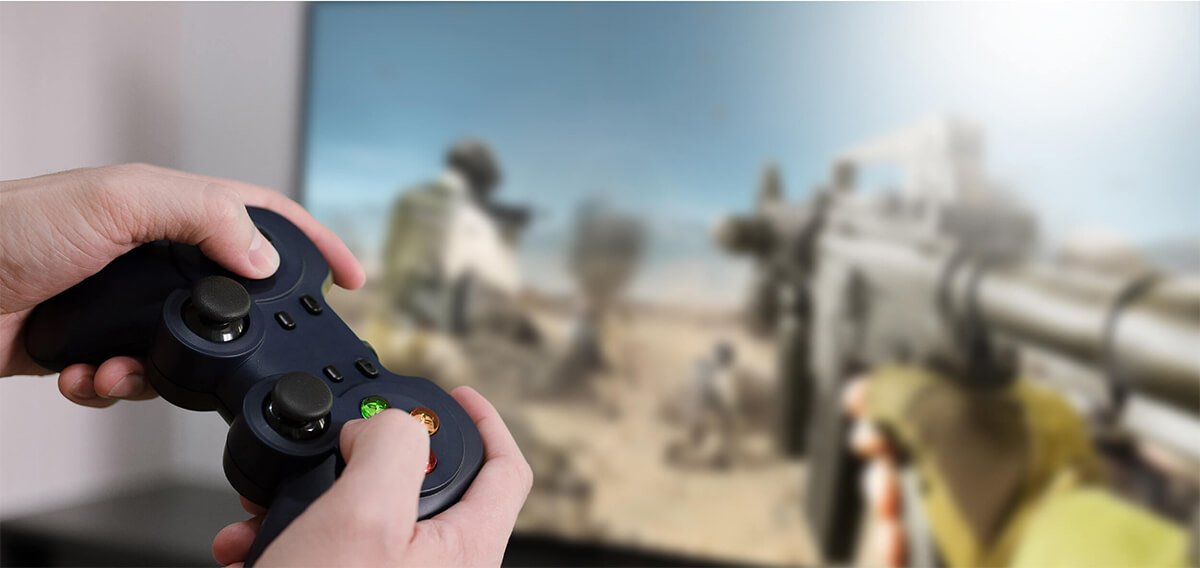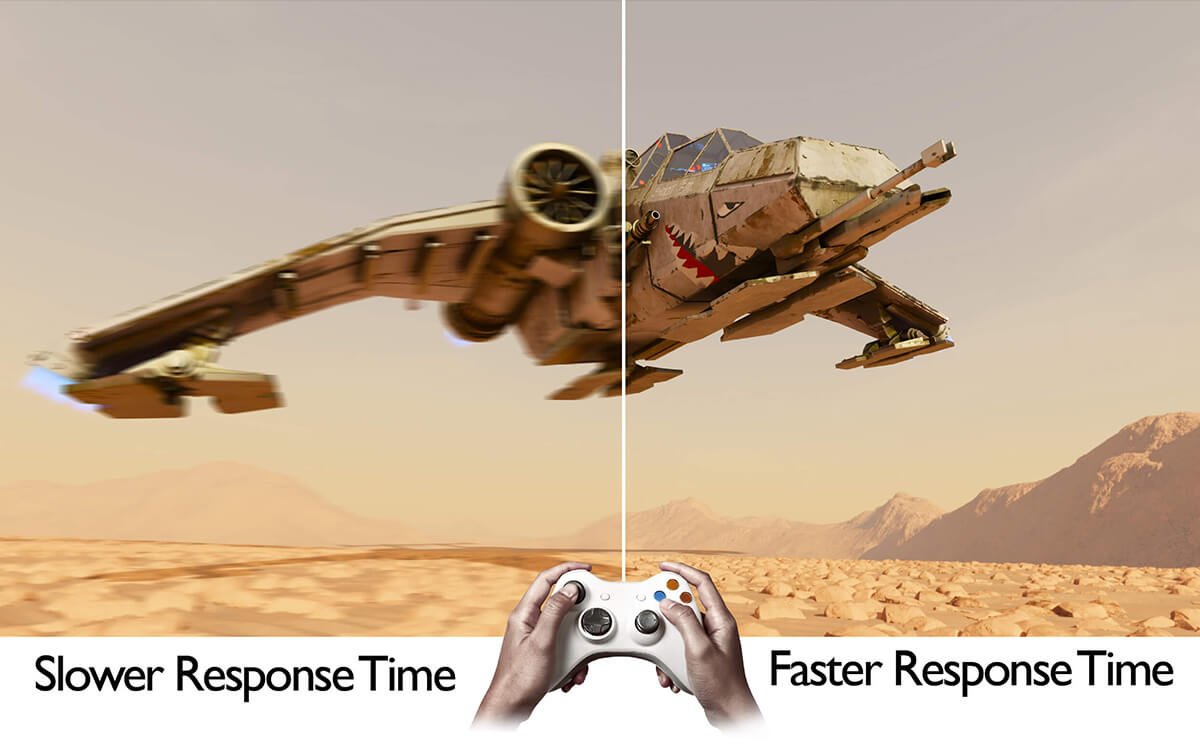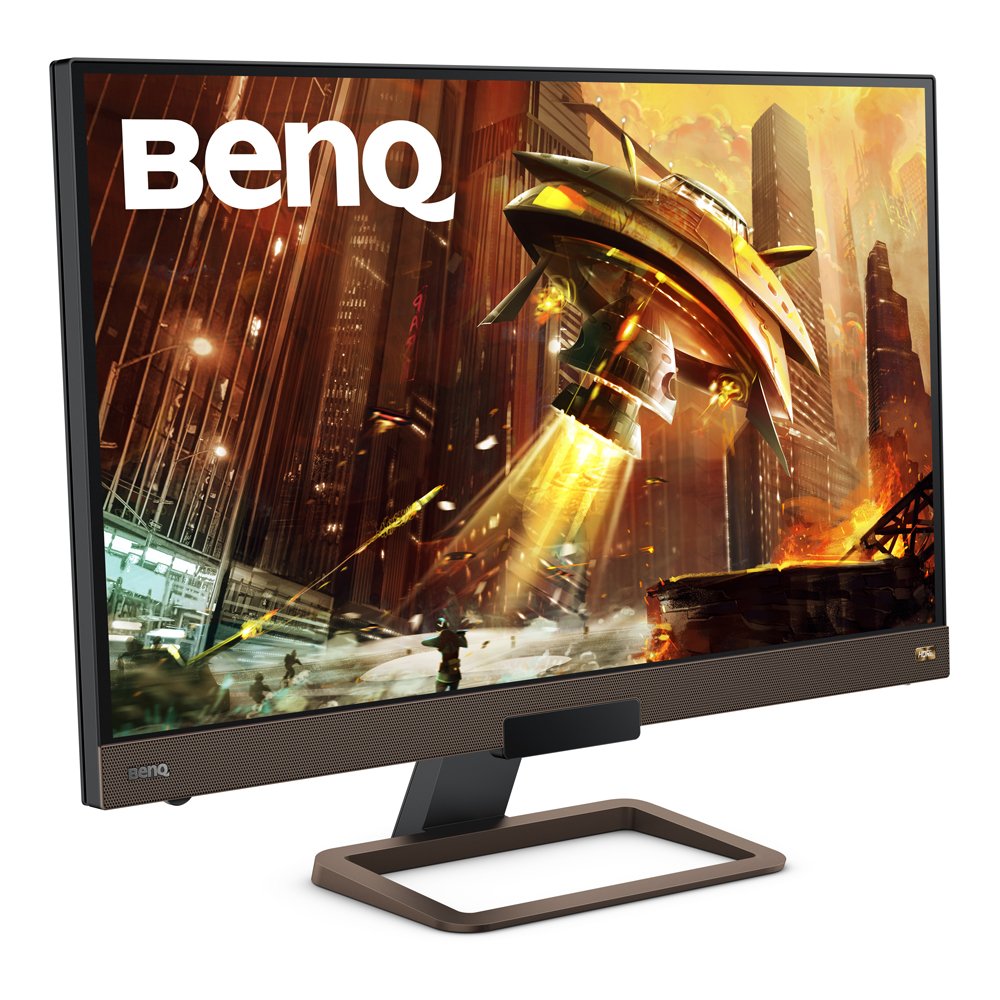Projector
Monitor
Lighting
Digital Display
Job References
More and more console gamers have made the switch to a dedicated gaming monitor to pair with their Xbox One or PS4 to take advantage of what once were exclusive PC gaming features. TVs have the upper hand in terms of size and, depending on the technology, image quality. However, gamers have prioritized the fast, smooth, and responsive gaming experience that only monitors provide. Let us discuss three of the most significant differences between TVs and monitors for console gaming.

Another spec that is worth paying attention to is response time. Also measured in milliseconds, it refers to how fast pixels on the display switch from one color to another. Faster response times result in better viewing experiences during fast-paced scenes, while slower response times can result in ghosting or blurring of the image.
Response time relates closely to the type of panel technology used in displays: twisted nematic (TN), vertical alignment (VA), and in-plane switching (IPS). While you do not need to understand their technical differences, it is worth mentioning their pros and cons for gamers. TN panels tend to have the best response times while trading off picture quality. IPS panels are the opposite with great colors and viewing angles but slower response. VA panels offer the best of both worlds with good response times and color reproduction.

Faster response times will give you smooth flowing images and prevent blurring and ghosting.
Overall, modern TVs have much higher response times than monitors, which might result in ghosting and worse picture quality. Casual gamers are happy with a response time of about 10 milliseconds, while competitive and professional gamers usually target something closer to 1 millisecond. Be sure to checkout the BenQ


A 144Hz gming monitor can display more than double the frames per second compared to a traditional 60Hz monitor.
Additionally, Xbox One supports a feature usually reserved for PC gaming called variable refresh rate. This technology, commonly found in the form of AMD FreeSync (or NVIDIA’s proprietary G-Sync), allows the video source and monitor to communicate and dynamically match the FPS of the source to the refresh rate of the display for smooth and tear-free gaming.
Gaming monitors like the BenQ EX2780Q support AMD FreeSync and a 144Hz refresh rate for smooth gaming free of screen tearing.

| Spec | TV |
Monitor |
|---|---|---|
Spec Response Time | TV Slow | Monitor Fast |
Spec Refresh Rate | TV Low | Monitor High |
Spec Input Lag | TV High | Monitor Low |
Summing up, monitors have lower input lag, faster response times, and higher refresh rates than TVs. They are more responsive and allow you to enjoy competitive console gaming. Additionally, monitors are excellent bang for your buck if you would like to play both PC and console games. TVs, on the other hand, are usually larger in size and more affordable and are more suitable for gaming in large spaces.